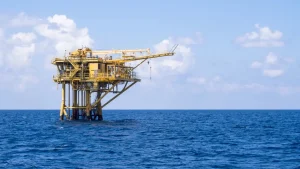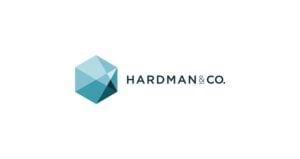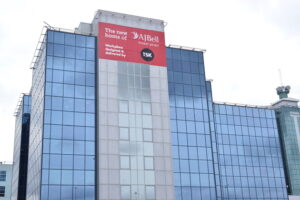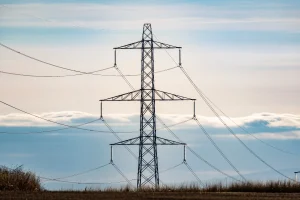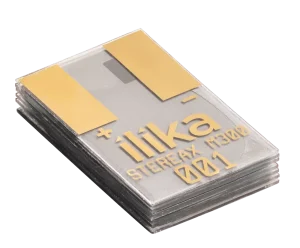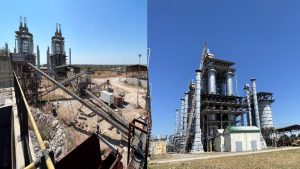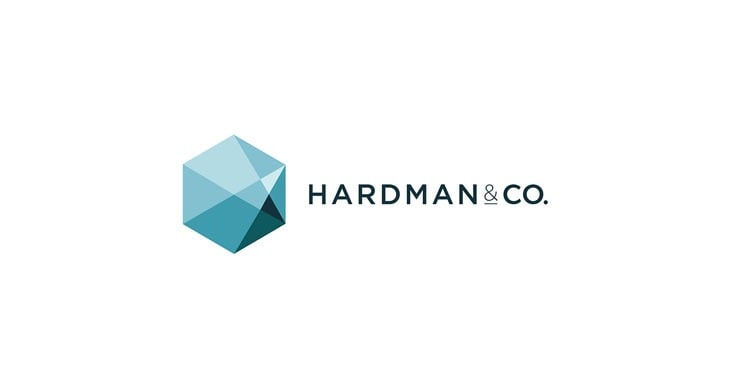A subtle current moved through Booth A240 at Le Bourget as ATR redefined what it means to lead in the regional aircraft space. This was not an exhibition of fanfare but of precision, a set of calculated moves that suggest a company deepening its strategic posture rather than merely showcasing new products. Beneath the surface, ATR is aligning operational advantage with long-term investor value in ways that feel increasingly difficult to ignore.
So far in 2025, ATR has secured 30 firm orders, its strongest showing since 2017. That includes 19 ATR 72‑600s for Uni AIR and another 11 for two undisclosed customers, bringing the total order count for the ATR family to over 1,900 aircraft. While the numbers tell a story of momentum, they also confirm something more structural: a growing preference among airlines for lower-cost, lower-emission aircraft that suit short-haul operations without compromising on performance.
ATR’s updated 20-year forecast projects demand for over 2,100 turboprops and 500 freighters, underpinned largely by the need to replace ageing fleets. Approximately 60% of these deliveries are expected to support replacements, a transition driven not by trend but by necessity. Older turboprops and regional jets are losing economic and environmental viability, while ATR is offering an alternative that sits at the confluence of regulatory compliance and cost optimisation.
Geographically, the shift is clearest in Asia-Pacific, where over 1,000 turboprops are expected to be absorbed, including more than 200 in India alone. Europe and North America, though smaller in absolute volume, remain pivotal markets for upgrades. It’s here that ATR’s current value proposition becomes most acute, one that hinges on significantly lower CO₂ output and stronger asset economics over the aircraft’s lifecycle.
The ATR 72‑600, central to the company’s offering, now boasts a certification edge too, having met and exceeded EASA’s CS-CO₂ emissions standard by 20%. This positions the aircraft well ahead of regulatory thresholds, turning compliance into competitive leverage. In parallel, ATR executives have stated that a single ATR 72‑600 can generate up to $25 million more in value over ten years compared with an equivalently sized regional jet, a datapoint that speaks directly to fleet planners weighing residual values and total ownership cost.
At the same time, ATR is leaning into sustainability beyond just emissions figures. A new partnership with SAF aggregator ATOBA Energy aims to unlock practical access to sustainable aviation fuel across its global operator base. The collaboration addresses logistical and regulatory hurdles, with the intent to make SAF adoption less of a talking point and more of a line item. This follows ATR’s headline-making flight on 100% SAF in 2022, not a publicity stunt, but a trial that has since informed its operational readiness for a lower-carbon future.
All this is being orchestrated with a sense of commercial maturity. ATR’s Paris presentation was less about high-concept innovation and more about reinforcing its role as a grounded, dependable solution in a fragmented market. It doesn’t need to redefine aviation; it needs to meet regional carriers where they are, under cost pressure, facing climate mandates, and navigating ageing fleets.
And that’s precisely what makes this moment significant. While the broader aviation sector often swings between extremes of breakthrough technologies and legacy inertia, ATR is staying within the lane of practical evolution. It’s pitching efficiency not as a compromise, but as a premium. The strength of that position becomes clearer in markets where infrastructure is constrained and regional demand is persistent, particularly in island nations, developing economies, and secondary routes where larger aircraft make little economic sense.
Ultimately, ATR is doing more than maintaining relevance, it is carving a clearer identity as the go-to partner for reliable, cost-sensitive, environmentally aligned regional mobility. Investors watching the interplay between fleet modernisation and regulatory alignment will find ATR’s trajectory well worth tracking.
Avation PLC (LON:AVAP) is a commercial passenger aircraft leasing company owning a fleet of aircraft which it leases to airlines across the world. Avation’s future focus are new technology low CO2 emission aircraft.

















